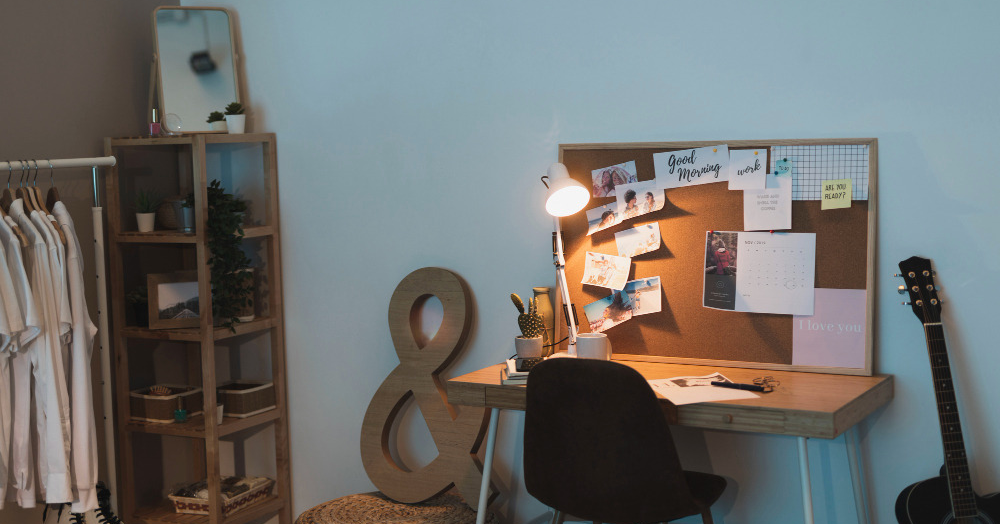
Zoning Your Studio Flat: A Tenant’s Guide to Smart, Stylish Living
How to Create Zones in a Studio Flat: Smart Living for Tenants
Living in a studio flat can be both charming and challenging. With everything contained in a single room, it is easy for your life to feel like it is happening all at once, sleeping, working, eating, relaxing all in the same space.
But with a little creativity and intention, you can transform your studio into a well-organized, multi-functional home.
The first step in zoning your studio is understanding your lifestyle. Think about how you use your space day to day. Do you work from home and need a quiet corner for focus? Are you someone who loves to cook and entertain? Do you need space for hobbies, workouts, or simply unwinding after a long day? Once you have identified your priorities, you can begin to shape your studio around them, turning a single room into a dynamic environment that supports your routine.
Furniture plays a crucial role in defining zones. In a studio flat, every piece should serve more than one purpose. A sofa can act as a divider between your sleeping area and your living space. A bookshelf can double as a room partition while offering valuable storage. Even the placement of your dining table can help separate the kitchen from the lounge. By arranging furniture thoughtfully, you can create the illusion of separate rooms and give each part of your studio a distinct identity.
Lighting is another powerful tool for zoning. Natural light can guide your layout, helping you decide where to place your work desk or reading nook. If your studio has limited natural light, mirrors can help reflect brightness and make the space feel larger. Lamps and light fixtures can also be used to define zones, think of a pendant light over your dining table or a cozy bedside lamp that marks your sleeping area.
Visual dividers add subtle boundaries without taking up much space. Rugs are a great way to anchor different zones, with one under the bed and another beneath the dining area. Curtains hung from the ceiling can enclose a sleeping nook or workspace, offering privacy and softness. Folding screens or lightweight panels can be moved around as needed, giving you flexibility and control over your layout. Even a change in wall colour or a bold accent behind your desk can signal a shift in function and make each area feel intentional.
Organization is key to maintaining clear zones. Clutter can quickly blur boundaries and make your studio feel chaotic. Smart storage solutions help keep things tidy and reinforce the purpose of each area. Under-bed storage is perfect for linens and seasonal items, while floating shelves free up floor space and keep essentials within reach. Closed cabinets or carts in the kitchen can hide supplies and reduce visual noise. When everything has a place, it’s easier to keep zones distinct and functional.
Personalizing each zone adds emotional clarity. Your bed area should feel like a sanctuary, with soft textures and calming colours. Your workspace might benefit from a corkboard or whiteboard to keep you focused and organized. The lounge area can be made inviting with cushions, throws, and artwork that reflect your style. These touches help you mentally shift between activities and make your studio feel more like a home than a single-room compromise.
Vertical space is often underutilized in studio flats. When floor space is limited, going up can make a big difference. Wall-mounted desks, fold-down tables, and stackable storage units allow you to create zones without crowding the room. If your lease allows, a loft bed can free up valuable space underneath for a desk or seating area. Modular furniture is especially helpful for renters, as it adapts to your needs and can be rearranged easily when your lifestyle changes.
While zoning is essential, it’s important to maintain flow. Too many dividers or mismatched styles can make a studio feel cramped. Aim for cohesion by sticking to a consistent colour palette and leaving clear pathways for movement. Using similar materials or textures across zones can tie the space together and make it feel harmonious. Think of your studio as an open-plan home rather than a patchwork of mini rooms.
Creating zones in a studio flat is all about intention and creativity. With thoughtful layout choices, multi-functional furniture, and a clear sense of purpose, you can turn a single room into a space that supports every aspect of your life. As a tenant, you may not be able to renovate or build walls, but you absolutely have the power to design a home that works beautifully for you.